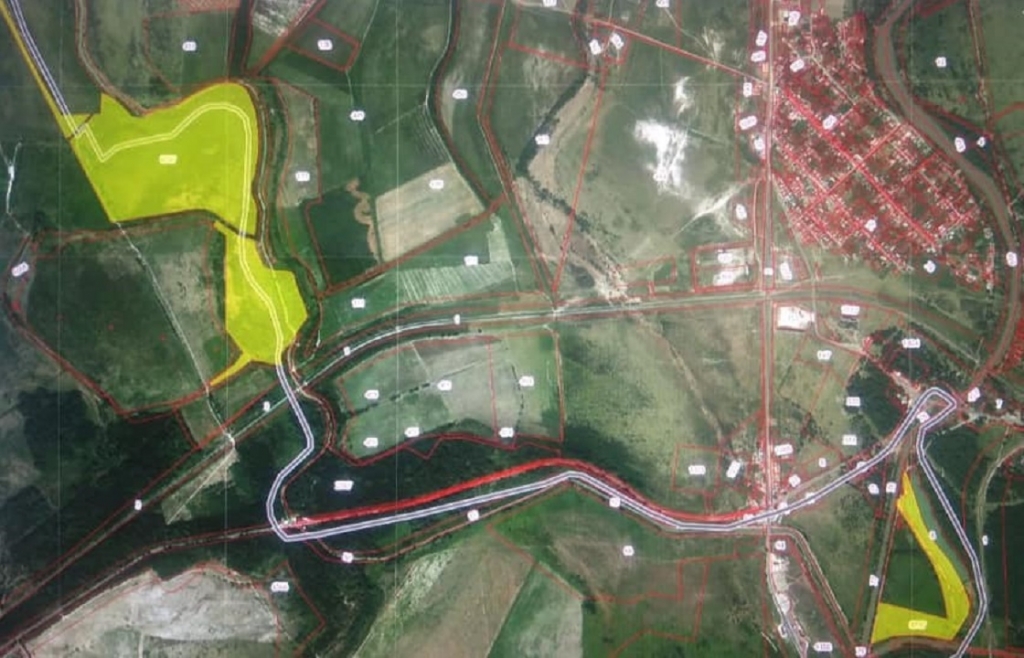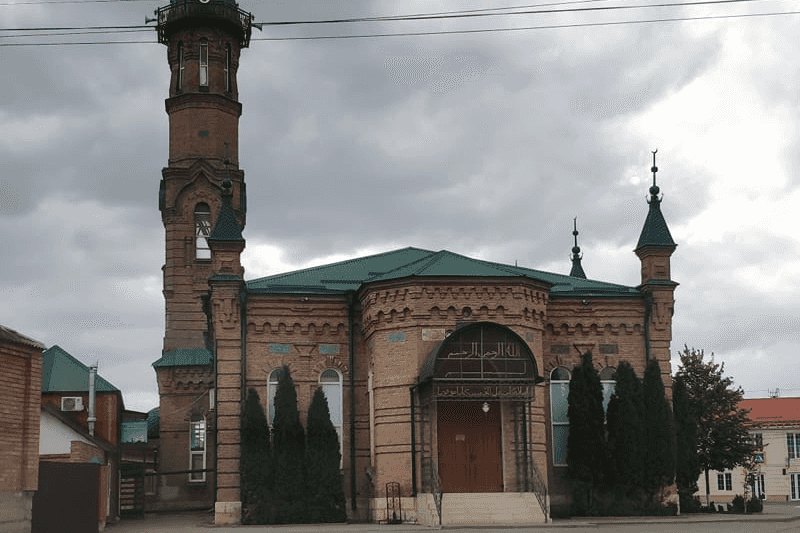

The Daghestani parliament has issued an official protest against the ‘unilateral’ demarcation by Chechen authorities of the border between the two Russian republics.
On 16 March, Chechnya registered an area of around 80 hectares of land near the village of Novomonastirskoye, in Daghestan’s Kizlyar District, including a part of the city limits of Kizlyar, as being a part of Chechnya in the cadastral registration.
All of Russia’s federal subjects are currently undergoing a process of demarcating their borders, but the process between Chechnya and Daghestan is still ongoing.
The issue first gained public attention on 27 March, when Daghestani activist Mikail Mikailov posted about it on his Facebook page.
Mikailov told OC Media that the site in question was previously used by the state-owned farm Goskhoz Dubkovskoye, and had now been listed as part of the village of Borozdinovskaya, in Chechnya’s Shelkovsky District.
On 2 April the Daghestani parliament’s website announced they had sent a letter of protest to the Russian presidential representative to the North Caucasus, the head of the Federal Registration Service, and the chair of the Chechen Parliament, Magomed Daudov.
They said the letter, dated 28 March from the acting head of Daghestan, Artem Zdunov, and speaker of the Daghestani parliament Khizri Shikhsaidov, asked for the registration to be cancelled.
An extract of the letter published on parliament’s website said that Chechnya’s ‘unilateral’ designation of the border violated the rights and legitimate interests of Daghestan, its districts, the procedures for conducting the Unified State Registry of Real Estate. It also insisted that work establishing the boundaries between Daghestan and Chechnya be coordinated between them.
On 4 April, the announcement of the letter was removed from the Daghestani parliament’s website. A spokesperson told OC Media that this was done because it had ‘already fulfilled it’s function’ as the media had already written about it.
According to the Daghestani parliament’s website, on 28 March, MP Kamil Davdiyev, said that no one could unilaterally make changes to administrative boundaries without discussions in the border districts with the participation of local people, and the subsequent submission of the new boundaries to the parliaments of ‘neighbouring entities’.
‘Until the documents are approved by the parliaments, it is impossible to talk about making a decision on any of the sections of the border areas’, Davdiyev said.
He added that the joint working group on demarcating the border was ‘going across the border areas and studying the existing cartographic material’.
‘Neglected work’
Shamil Khadulayev, a member of the Daghestani government commission on the harmonisation of borders, told OC Media that this area was initially controversial when at a meeting in February between the head of Chechnya, Ramzan Kadyrov, and the speaker of the Daghestani parliament, Khizri Shikhsaidov, the parties agreed to exchange several areas.
Khadulayev said that the Chechen side agreed to include a bridge on the federal Caucasian highway and an adjacent area of 73 hectares within the borders of Daghestan, and in return for an equivalent area of land.
According to activist Mikail Mikailov, the Chechen commission urged the Daghestani side to take a decision on this disputed area before 15 March, but since this did not happen, the Chechen side took the initiative into its own hands.
Mikailov said that the Daghestani Commission ‘neglected the work’ and ‘negligently reacted’ to the solution of this issue.
‘Problematic areas’
Shahban Khapizov, a Daghestani historian and member of the public commission on the harmonization of borders between Chechnya and Daghestan, told OC Media there were a number of potential problem areas in Daghestan which Chechnya claims.
Among them, he named the upper reaches of the Chagiri River, in Daghestan’s Tsumadinsky District, a part of the village of Ansalta, in Daghestan’s Botlikh District, and an area of 74 hectares near Kizlyar.
In November 2018, a part of the village of Ansalta, along with Lake Kazena-Am, 700 hectares along the Andean ridge, and an area of 164 hectares in Gumbetovsky District were briefly marked on a map on the Chechen parliament’s website within their territory.
Khapizov said that similar scenarios could occur with these disputed territories.
He said Daghestani parliamentary speaker Khizri Shikhsaidov’s claim at a meeting with representatives of the Daghestani public commission that ‘he will not give a single inch of land’ was a ‘principled position’.
Khapizov claimed that since February, the speaker of the Chechen parliament, Magomed Daudov, had held secret meetings with the heads of the disputed areas in Daghestan.
Daghestani historian Zurab Khadzhiyev told OC Media that several villages in Chechnya inhabited by ethnic Avars, a Daghestani people, were a part of Daghestan at the turn of the 20th century.
He said that according to historical maps, Daghestan had not gained any land from Chechnya, and so ‘clarifying the boundaries should be unprofitable first of all to Chechnya’.







